Fluorite is one of the common non-metallic minerals, also known as fluorite. Its chemical formula is CaF2. It is rich in color. It is an important fluorine-containing mineral in nature and the main source of fluorine for industrial use. Fluorite often coexists with calcite, dolomite, quartz, barite, pyrite, galena, sphalerite and other minerals, and is similar to calcite, barite and other common gangue minerals, making flotation separation more difficult. Based on many years of experience, Fodamon engineers analyze the following for your reference.
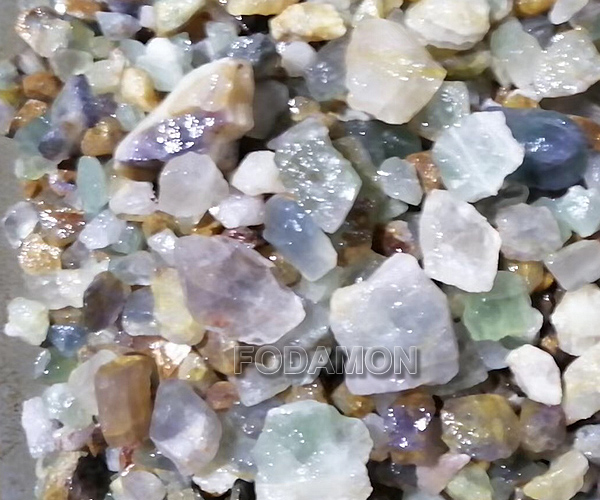
- Flotation separation of fluorite and calcite
Calcite and fluorite can be collected with fatty acid collectors, and they are both calcium containing minerals. The flotation separation between these two minerals is difficult. For the flotation separation of fluorite and calcite, how to expand the floatability difference between fluorite and calcite under the condition of appropriate grinding fineness is the key.

Under alkaline conditions, calcite has good floatability, but under weak acid conditions, calcite floatability decreases significantly, while fluorite changes little under alkaline and weak acid conditions. Therefore, the floatability difference between the two can be increased by controlling the pH value, which is convenient for the flotation separation of fluorite and calcite. According to the beneficiation test, the pH value of the beneficiation area should be controlled at 6.4-6.8.
On the basis of adjusting pH value, we can further inhibit the floatability of calcite by adding calcite inhibitor. Common pharmaceutical combinations include:
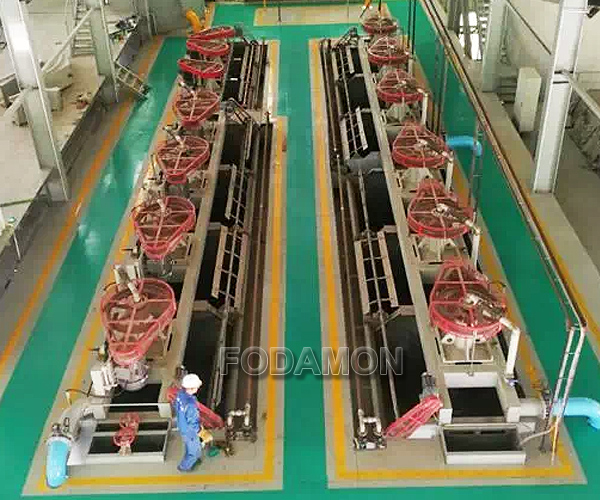
- Use dextrin or tannin extract as calcite inhibitor and oxidized paraffin soap as fluorite collector;
- Acid water glass is used as calcite inhibitor, and then fatty acid is used as collector for flotation;
- Sodium silicate, caustic starch and sodium hexametaphosphate are used as mixed inhibitors, saponified oleic acid is used as collector for roughing, and sodium silicate and citric acid are used as mixed inhibitors for cleaning.
In fact, there are many other options for drug combinations. Generally speaking, specific reagent systems such as inhibitors and collectors need to be determined according to ore composition and properties through beneficiation test.
- Flotation separation of fluorite and barite
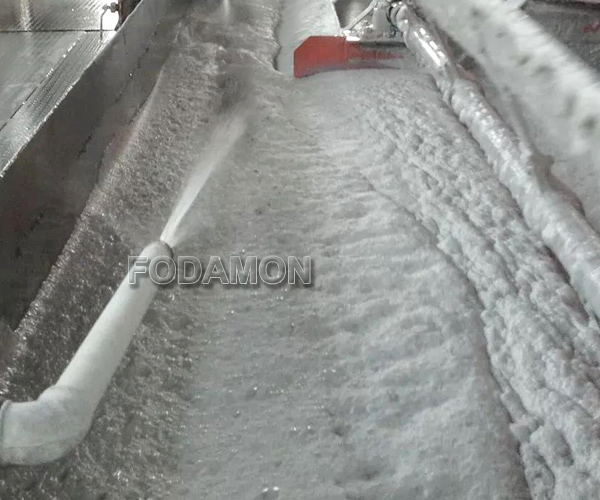
Similar to the idea of flotation separation of fluorite and calcite, barite is mainly composed of barium sulfate, and there are great differences in the composition and properties of the two minerals. Among the factors affecting the flotation separation of these two kinds of minerals, the reagent combination is different, and the requirements for pH are also different. Therefore, each group of reagent combination has its corresponding suitable pH value range.
For example, when barium sulfate is used as an inhibitor and the pH value is maintained at about 5.9, the recovery rate of fluorite is much higher than that of barite. Under this condition, the reagent combination of naphthenic acid as collector can be used to separate fluorite and barite.
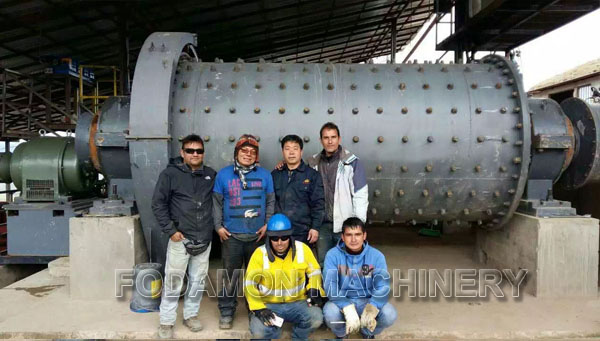
In addition, the reagent combination for separating fluorite and barite also includes:
- Sodium sulfate and caustic starch are used as mixed inhibitors, tf2-8 is used as collector, and barite is inhibited at pH value of about 8.5;
- Fluorite and barite are separated by using oxidized paraffin soap with good selectivity and nitrogen alkyl propylene diamine as mixed collector.
There are many reagent combinations, so it is necessary to select appropriate process and reagent system according to different minerals through beneficiation test.
In general, for the separation process of barite and fluorite, we can adopt the scheme of preferential flotation process (inhibiting barite preferential flotation of fluorite); The scheme of first flotation of barite and then flotation of fluorite or mixed flotation separation scheme can also be adopted.
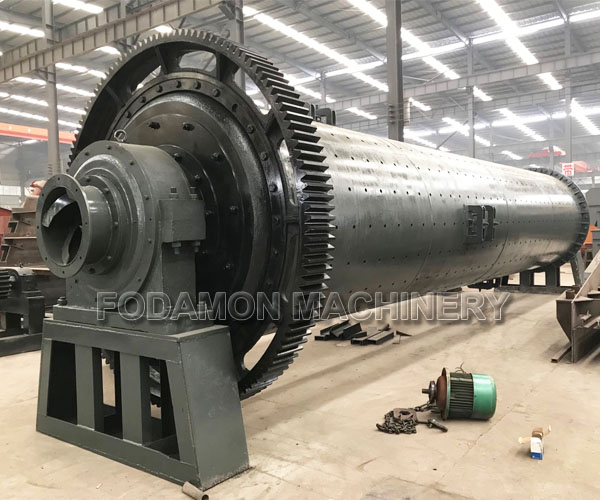
It is worth mentioning that two methods are generally used for the separation of mixed concentrate: one is the inhibition of barite and other minerals by lignin sulfonate, sodium fluoride, water glass, aluminum salt, iron salt and dextrin, and the flotation of fluorite with oleic acid; The other is to float barite with alkyl sulfate and keep fluorite in the tank.
- Flotation separation of fluorite and quartz
Fluorite and quartz are mostly symbiotic. The content of quartz in fluorite concentrate is mainly determined according to different product grades, which can be roughly divided into three grades: metallurgical grade, ceramic grade and acid grade. Acid grade has high requirements for silicon content in concentrate.
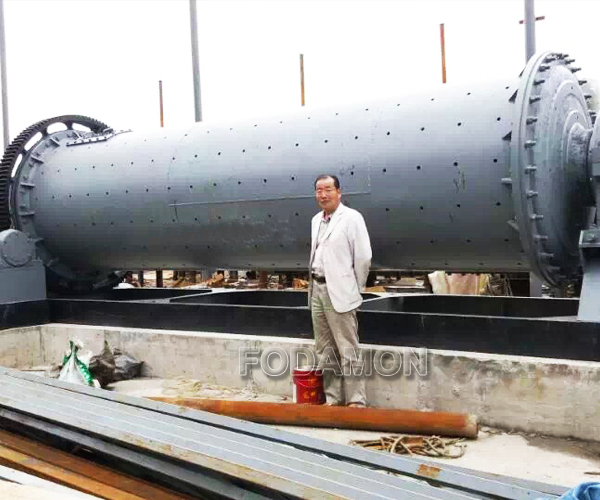
In order to separate fluorite and quartz as much as possible, it is necessary to determine the appropriate grinding fineness, so that fluorite and quartz can achieve monomer dissociation through grinding. In this process, if the grinding fineness is too coarse, the product will still contain the conjoined body of fluorite and quartz, and the silicon content of coarse concentrate is high; If the grinding fineness is too fine, fluorite will be too crushed and difficult to recover. In order to realize the dissociation of fluorite and quartz monomer and effectively recover fluorite, the stage grinding stage flotation process can be used for separation.
If the concentrate output of small-scale mines is small and it is not suitable for regrinding, rod mill can be used for treatment. The grinding fineness of rod mill is uniform, which effectively reduces the occurrence of over crushing and significantly reduces the silicon content in fluorite concentrate.
For the flotation separation of fluorite and quartz, the pH value of pulp can be adjusted by sodium carbonate to 8-9, and quartz can be restrained by water glass, but the amount of water glass needs to be controlled well, too much will also inhibit fluorite. In the actual production process, in order to improve the selectivity of water glass and strengthen the inhibition of water glass, some iron salts and aluminum salts are often added, and then fatty acid collectors are used to float fluorite.
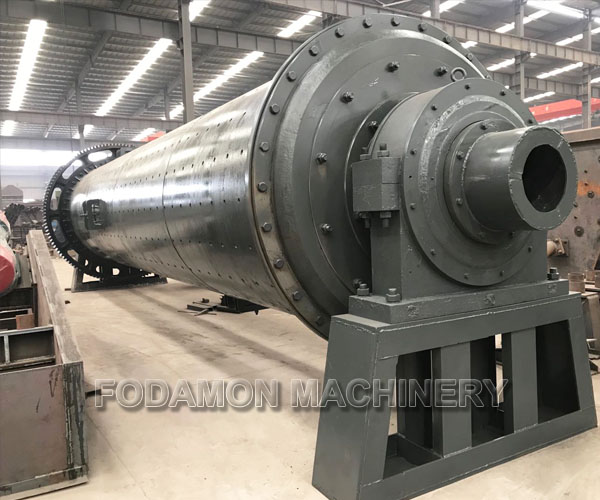
- Flotation separation of fluorite and sulfide
For fluorite ore containing sulfide ore, xanthate collector is generally added to float sulfide, and then fatty acid collector is used to float fluorite. If sulfide is not completely floated, a small amount of sulfide ore inhibitor can be added during fluorite flotation to prevent residual sulfide from being selected into fluorite concentrate.
The above is the solution to the flotation separation of fluorite and its common gangue minerals.
In the fluorite flotation process, the flotation reagent system and grinding fineness are important factors affecting the fluorite flotation effect, which must not be determined blindly.
It is recommended to entrust a qualified beneficiation laboratory or beneficiation equipment supplier to carry out beneficiation test, and determine process conditions such as process flow and reagent system according to ore properties to avoid economic losses.
